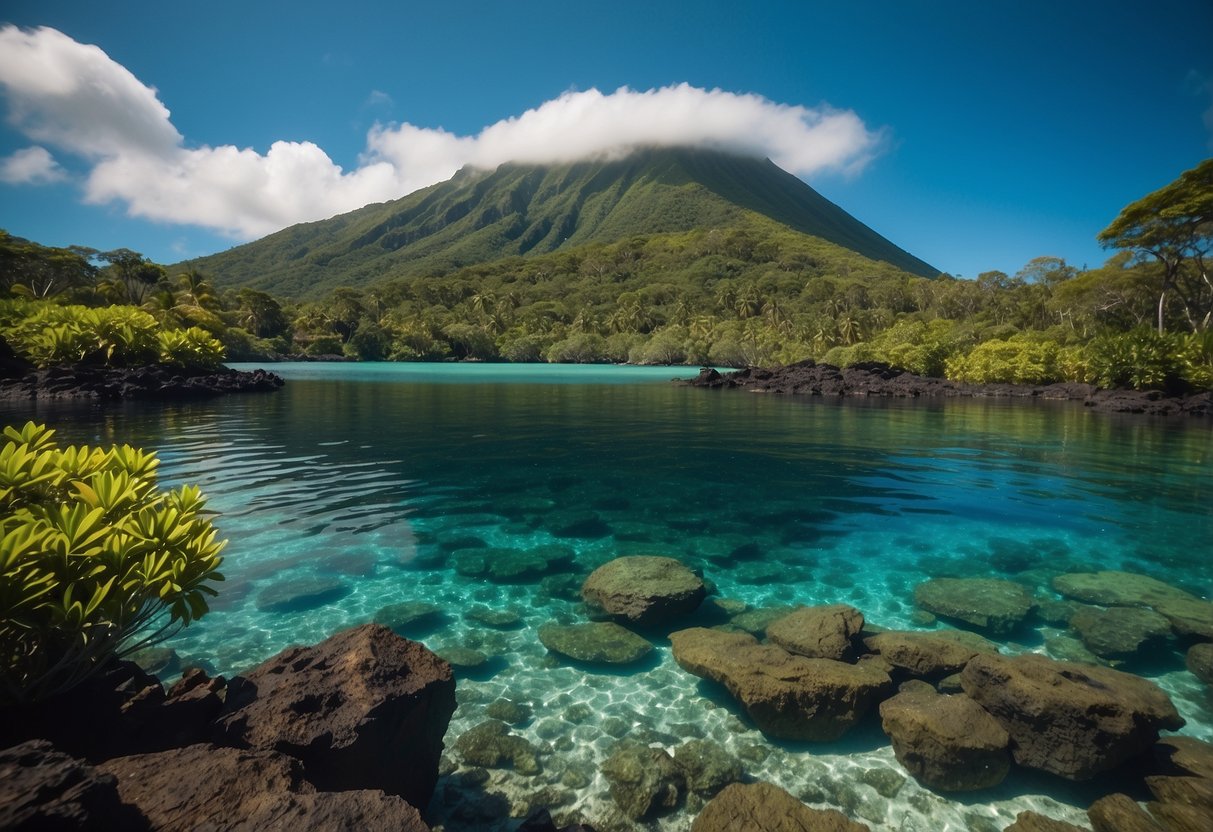
Cultural Insights and Local Experiences
Nestled 600 miles off Ecuador’s coast, the Galápagos Islands are not just about wildlife but also foster a unique blend of cultural experiences and local lifestyles. From engaging with the warm-hearted inhabitants to experiencing the vibrant festivals and tantalizing cuisine, visitors gain a richer understanding of the archipelago.
The Inhabitants of the Galápagos
The Galápagos Islands are home to about 30,000 residents, primarily concentrated on the inhabited islands of Santa Cruz, San Cristóbal, Isabela, and Floreana. Most locals are descendants of immigrants from mainland Ecuador, creating a rich cultural mosaic.
Daily life in the Galápagos often revolves around fishing and tourism. The fish markets, especially the one in Puerto Ayora on Santa Cruz, are bustling with activity where locals and sea lions alike gather. These markets are a great spot for travelers to witness daily island life and interact with the friendly inhabitants.
The locals have a high level of environmental awareness, participating in numerous conservation projects to protect their unique ecosystem. This commitment is instilled through education and community involvement, making them guardians of their natural habitat.
Festivals and Gastronomy
The Galápagos Islands host several vibrant festivals, reflecting their cultural ties with mainland Ecuador. One major event is the “Fiestas de Guayaquil” celebrated in early October, honoring the independence of Guayaquil with parades, music, and traditional dances.
Gastronomy in the Galápagos is a delightful fusion of traditional Ecuadorian flavors and fresh, local seafood. Restaurants in Puerto Ayora and Puerto Baquerizo Moreno offer dishes like ceviche, grilled fish, and encebollado, a hearty fish soup.
Street food vendors also offer an array of choices, from Bollo (a seasoned fish tamale) to freshly caught seafood prepared on the spot. Culinary experiences are enhanced by the islands’ dedication to sustainable fishing practices, ensuring that the delicious meals enjoyed by visitors are responsibly sourced.
Accommodations and Stays
The Galápagos Islands offer a variety of accommodations to suit different preferences and budgets. On Santa Cruz Island, particularly in Puerto Ayora, travelers will find the broadest range of options.
Luxury hotels provide upscale amenities for those seeking comfort. These establishments often feature spacious rooms, ocean views, and gourmet dining.
Mid-range hotels are abundant and offer a balance of comfort and affordability. These options typically include comfortable rooms, breakfast services, and easy access to local attractions.
Budget options such as hostels and guesthouses are also available. These provide basic accommodations at a lower cost, ideal for travelers looking to save money.
Santa Cruz Island remains a popular choice as it serves as a central hub for exploring other islands. Puerto Ayora is the main town here and has the highest concentration of accommodations, catering to various styles and needs.
Booking in advance is recommended, especially during peak travel seasons. This ensures availability and secures preferred options.
Travelers have the flexibility to choose based on their needs, whether they prioritize luxury, convenience, or budget. Santa Cruz Island, with Puerto Ayora, offers the most diverse range of stays, making it a convenient base for any adventure.
Environmental Responsibility and Etiquette
Visitors to the Galápagos Islands are expected to follow strict guidelines to protect the unique ecosystems. These important practices ensure the preservation of wildlife and natural habitats, while supporting sustainable tourism.
Practicing Sustainable Tourism
When touring the islands, it’s important for travelers to adhere to eco-friendly practices. They should avoid leaving behind any trash and minimize their footprint. Stick to designated trails to prevent habitat disturbance.
Guided tours by certified naturalists provide insights into the environmental impacts. This helps visitors understand the delicate balance and the necessity of conservation efforts.
Support the local economy by choosing eco-friendly accommodations and services. These establishments adhere to sustainability practices, contributing to the conservation goals of the Galápagos National Park. Sustainable tourism is a collective effort that relies on the respect and cooperation of every visitor.